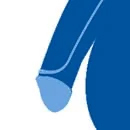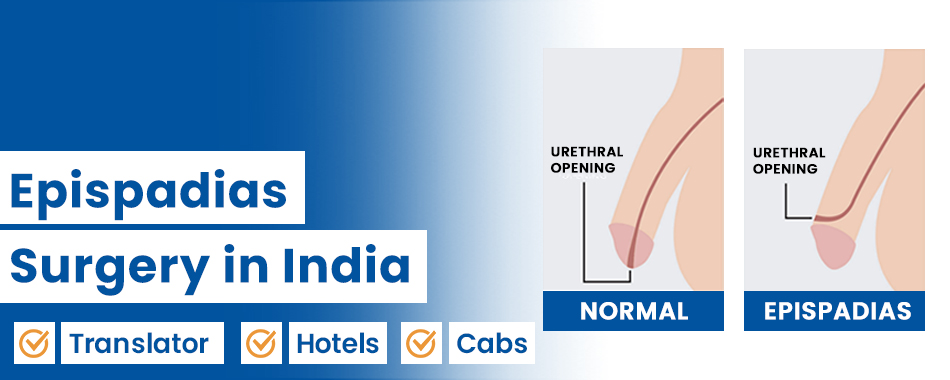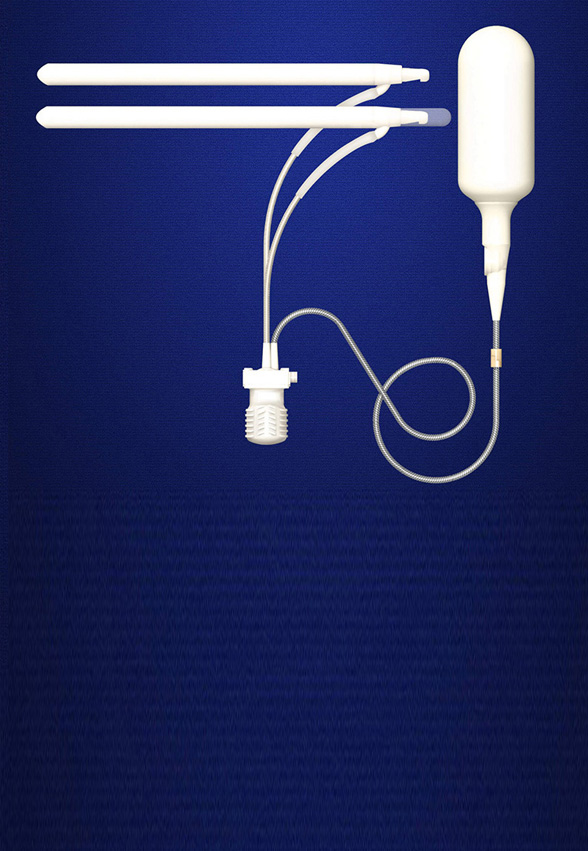

Epispadias is a rare type of congenital disability affecting the urethra. It usually occurs in babies. Bladder exstrophy is another congenital disability type. Early detection, followed by proper medical treatment, can help in avoiding long-term complications. It is vital to understand the symptoms. Diagnosis procedures and available treatments are crucial.
Epispadias is a rare type of congenital disability, i.e., a condition a baby is born with. It affects the urethra, the tube that carries urine outside the body from the bladder. When a boy suffers from epispadias, this urethra doesn't fully develop. In boys who have epispadias, the urethra opens on top of the penis instead of the tip. This space between the opening and the tip of the penis looks like an open book. Girls with epispadias have a urethral opening towards the clitoris, or belly area. That is why the external genitalia and urethra don't function well.
Most boys and girls are born with genitals that look normal and also work well. Some are born with epispadias. Due to this, the penis or urethra doesn't look or function normally. Epispadias is diagnosed at birth while examining a newborn infant. Imaging studies, like an excretory urogram, are used. It is an X-ray of the urinary tract to identify the problem.
Epispadias can be classified based on the meatus' exact location. The urinary meatus is the opening in the penis via which urine leaves the body. It is this location that affects how well the bladder can store urine. If the meatus is closer to the base of the penis, the condition is more likely. It affects the bladder sphincter and urine control. In males, types of epispadias include:
It is the most familiar type. The meatus is found on the head of the penis. Almost all boys have a good bladder neck with this type of epispadias. They can hold urine and even toilet training normally. This doesn't mean it is cured. The bend and the abnormal opening of the penis will still need to be fixed with surgery.
The meatus is found along the penis shaft.
In this condition, the meatus is located near the pubic bone. The pelvic bones do not come together. Also, the sphincter can not close completely.
Epispadias affect males and females differently.
If the opening in the penis is closer to the base and abdominal wall, it affects the bladder sphincter. It fails to hold the urine. In cases with penupubic epispadias, the pelvic bones don't come together in the front. As the bladder sphincter has the shape of a horseshoe, it doesn't close fully. That is why the urine leaks out.
Males with penile and penupubic epispadias often leak urine with stress or strenuous work. A fixed bladder neck through surgery remains the only option for them. Males face fewer problems with glandular epispadias. They still have to fix the bend and abnormal opening through surgery.
Epispadias is rare in females. 1 in 484,000 cases suffer from this.
Epispadias symptoms vary in males and females.
Doctors usually detect it at the hospitals after birth. Diagnosis of epispadias takes place before anyone notices any symptoms. If the case is mild, it might go undetected. Parents might only be able to detect some urine leaking while they toilet-train their children. That is why it goes undetected in females most of the time.
The exact causes of epispadias are not fully understood. Some research works suggest it could be related to fetal exposure to low levels of androgens and estrogens.
Some causes of epispadias are -
Epispadias could occur due to genetic factors as they can sometimes run in families. Genes in genital and urinary tract development may undergo mutations. It contributes to the condition.
Epispadias may occur during fetal development. It happens when urethral and genital tissue development is improper.
Chromosomal abnormalities can be associated with epispadias in some rare cases.
Some researchers have suggested the possibility. Certain environmental factors or toxins during pregnancy may heighten epispadias risk.
There are a few epispadias surgery options that are typically done to treat epispadias in boys. They are:-
This epispadias surgery rebuilds the penis. The surgeon might take from the partially reconstructed penis and move the urethra to a better location.
This technique completely reconstructs the penis. It ensures that the urethra is in the best position, and it corrects the chordee.
Surgeons modify these surgeries based on the type of epispadias patients have. This is to meet the individual needs of the patient. A child with an exstrophy-epispadias complex might need a more intricate surgery.
Surgery varies based on types, symptoms, and severity. However, the general steps of the procedure remain essentially the same. After administering general anesthesia, the surgery commences. It involves disassembling the penis into three separate sections of tissue. The urethra is reconstructed using a procedure called urethroplasty.
Girls usually go through less complex epispadias surgery than boys. The type of surgery may depend on how the doctor diagnoses epispadias. If epispadias diagnosis has been done at birth, urinary control will not be a problem. The doctors can -
If the problem isn't diagnosed or treated until later, girls may have to go through surgery to:
Dr. Gautam Banga is a pioneer urology surgeon in India. He has vast experience in treating various urology-related issues like epispadias and Peyronie’s disease, etc. He is an expert in phimosis and other cosmetic urology.

Dr. Vijayant Govinda Gupta is widely known as a penile implant surgeon. He has proficiency in urology surgeries. Dr. Viajayant Gupta does surgeries like frenuloplasty, phimosis(child & adult), paraphimosis, circumcisions, etc.

Dr. Raman Tanwar is one of the top urological surgeons in India. He has expertise in surgeries like vasectomy, phimosis, epispadias, and minimally invasive surgery like LASER circumcision.

Dr. Vineet Malhotra is the best urology doctor. He performs various endourology, reconstructive, and laparoscopic procedures. With his extraordinary talent, Dr. Vineet Malhotra is now a member of many renowned institutions globally.

The recovery period depends on how complex the surgery or treatment is. Children who had a minor procedure will come back home in a day or two and will recover quickly. Epispadias repair may be one process of many that they need, for the children with bladder exstrophy. They might need to stay in the hospital for a longer period. Recovery will also take longer in these cases.
Both epispadias and hypospadias are congenital disabilities involving the urethra. Both describe the position of the urethral opening. But the two are different in many ways, like -
Epi- means above, hypo- means below & and spades in Greek means the opening of the urethra. In hypospadias, the opening is not at the tip or between the clitoris and the vaginal opening. Instead, it causes an abnormal ventral opening on the penis or near/within the vaginal orifice.
Hypospadias is more common. It is associated with other conditions such as chordee, inguinal hernias, and cryptorchidism. Epispadias is often associated with bladder exstrophy. This condition involves the bladder protruding through the abdominal wall. In females, epispadias is often accompanied by a bifid clitoris. It occurs when the clitoris itself is divided into two parts.


Suffering from Erectile Dysfunction
Open up and get treated
Semi Rigid and Inflatable Penile Implants
Get back the Erection
Insecure about your size
Get Penile Augmentation